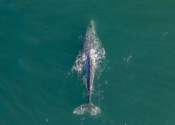Protected areas can boost biodiversity and local economies
Protected areas, like nature reserves, can conserve biodiversity without harming local economic growth, countering a common belief that conservation restricts development. A new study outlines what is needed for conservation ...









